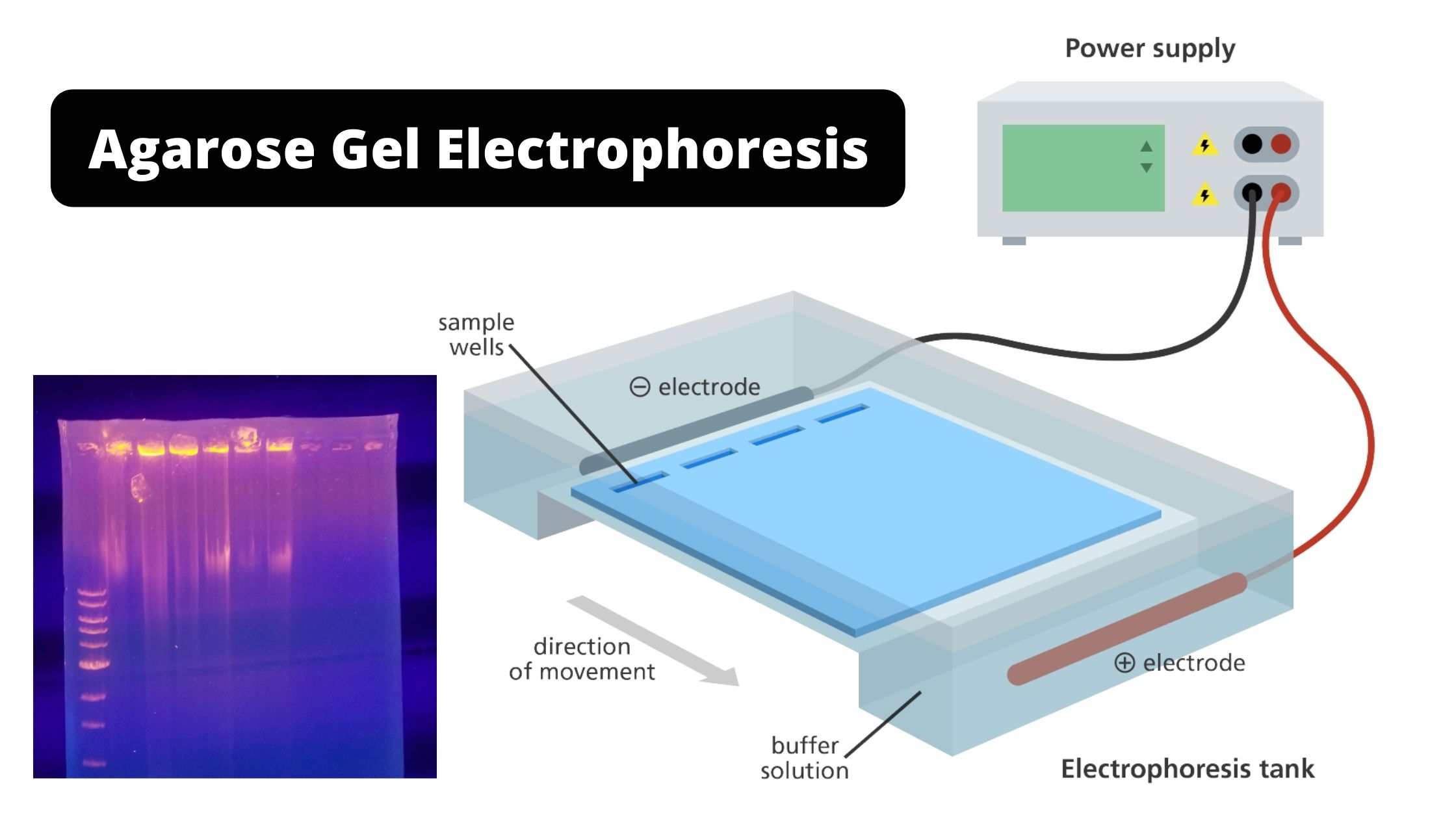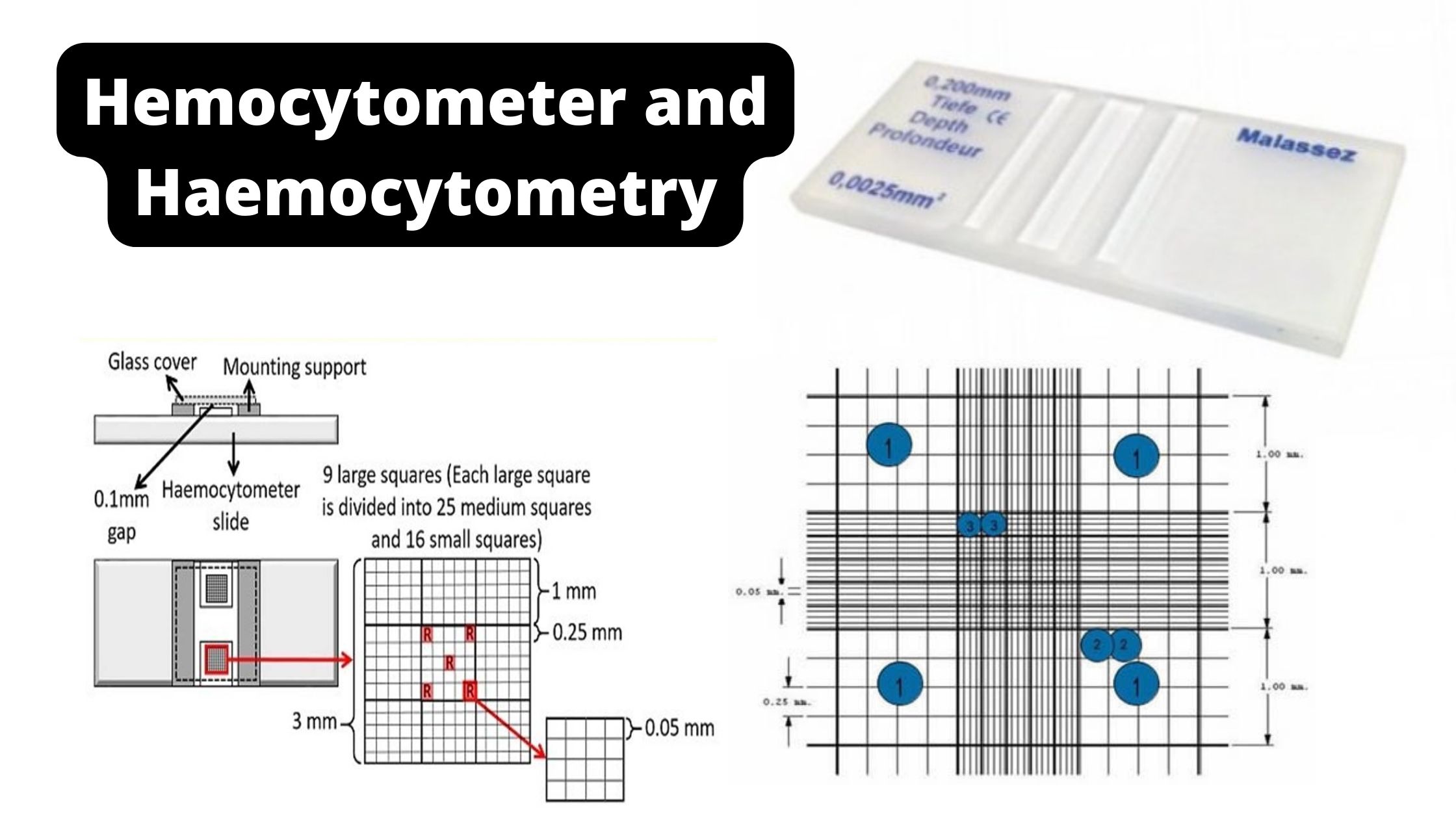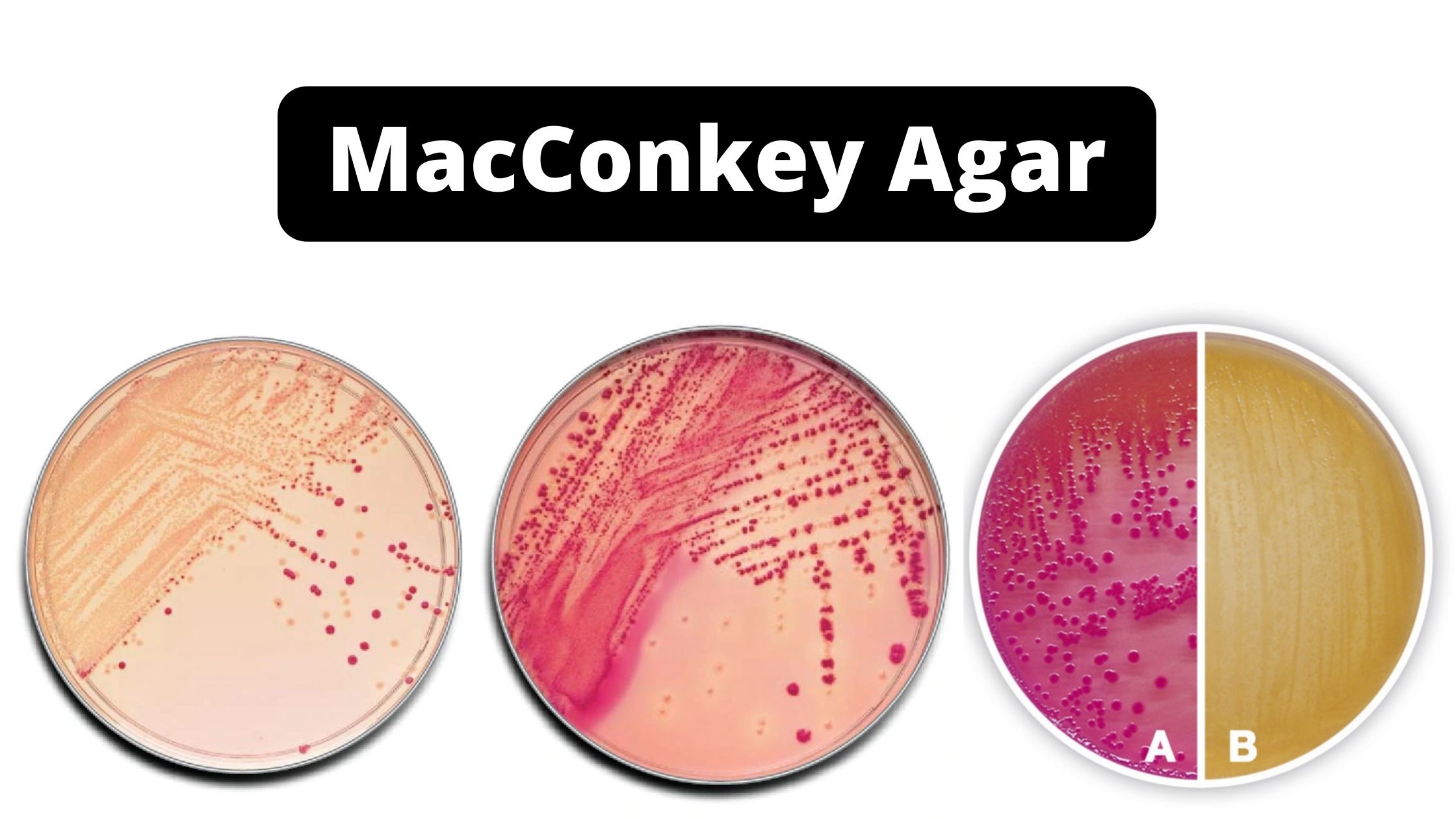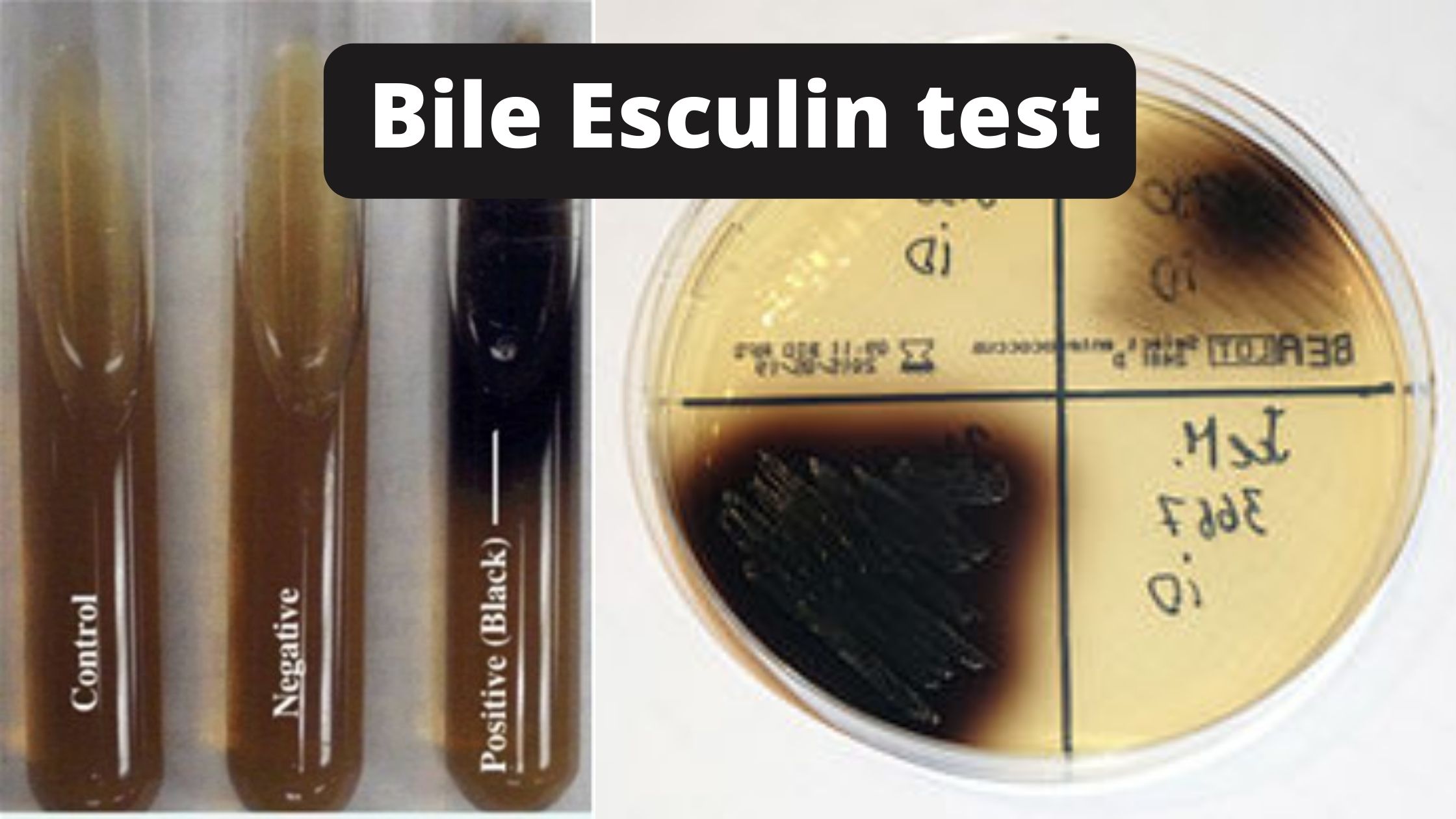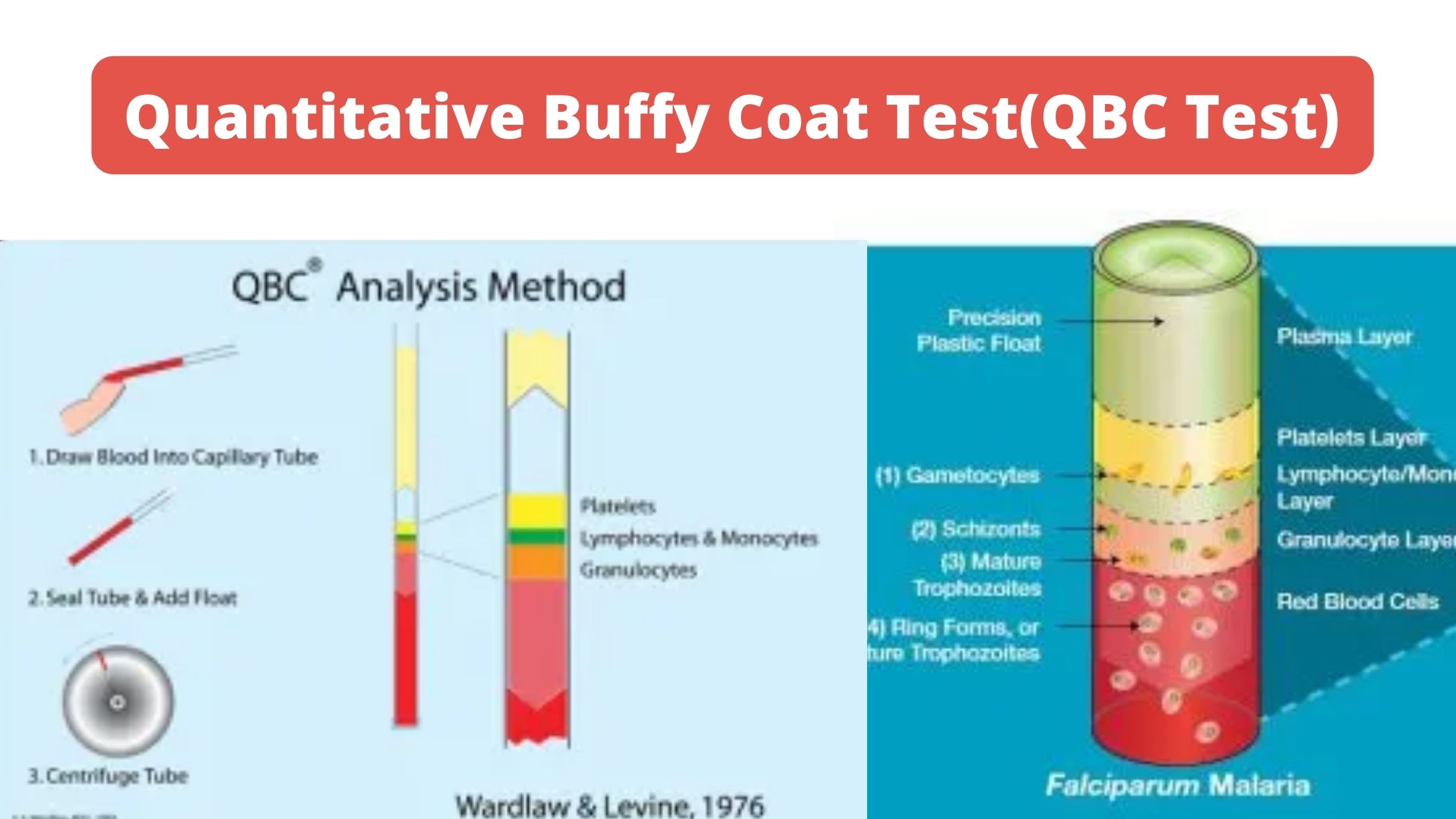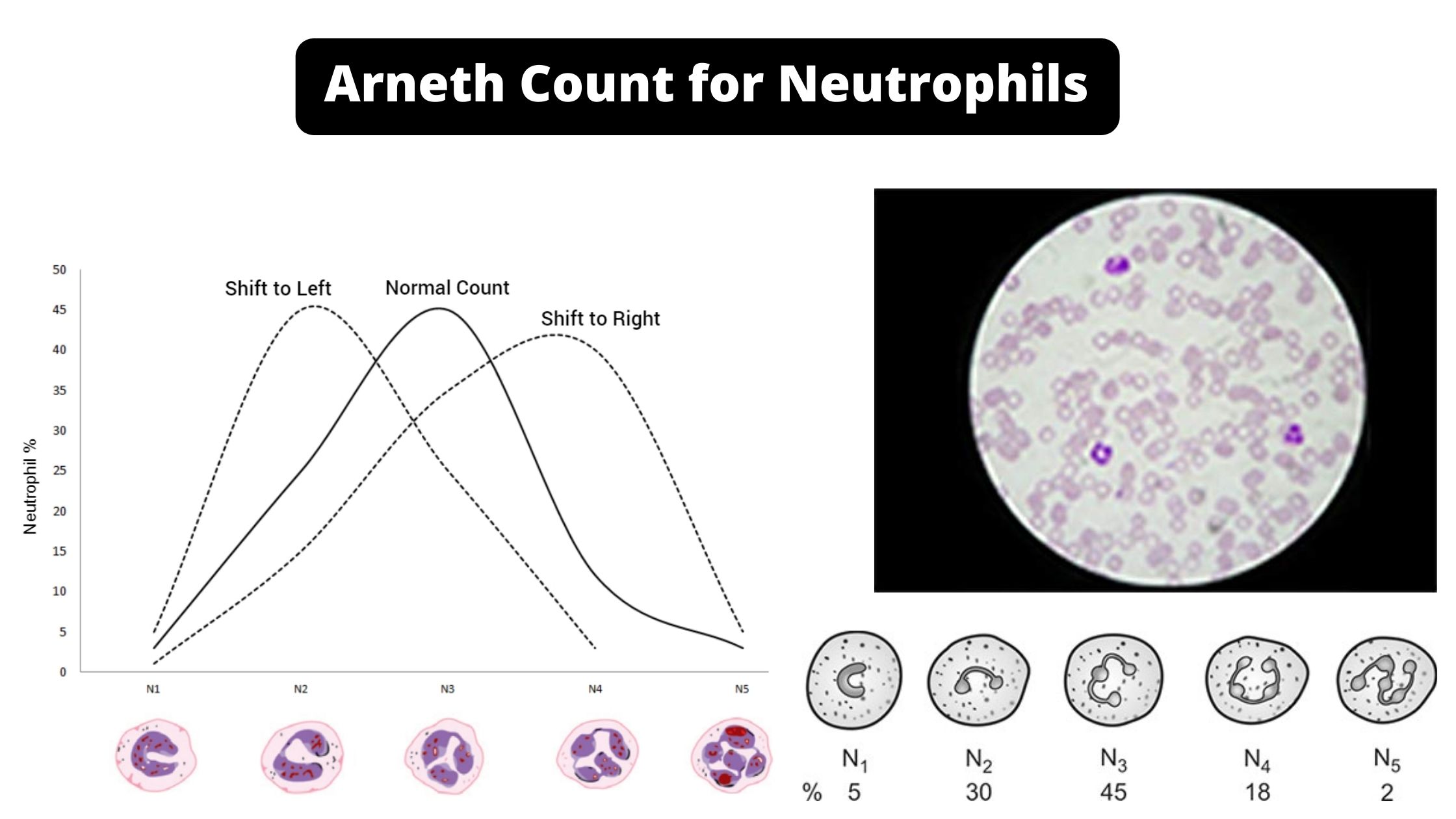Agarose Gel Electrophoresis Definition, Principle, Procedure, Applications
Agarose gel electrophoresis (AGE) is an approach that is used to distinguish DNA from RNA based on their molecular sizes.
The separation of RNA and DNA molecules is accomplished when nucleic acids that are negatively charged travel through an agarose structure under an influence of an electrical fields (electrophoresis).
